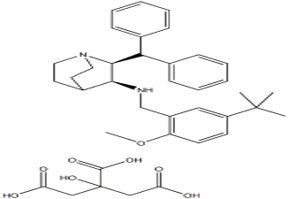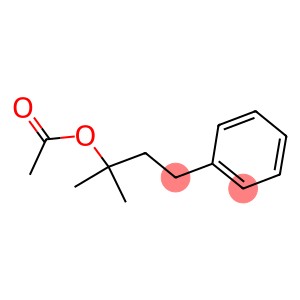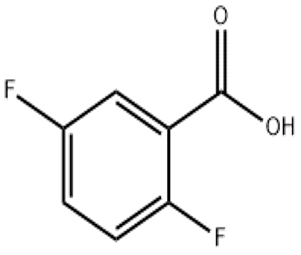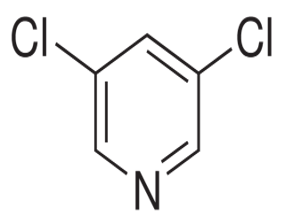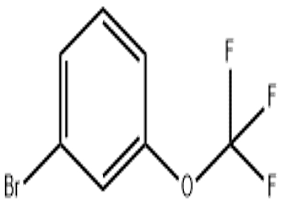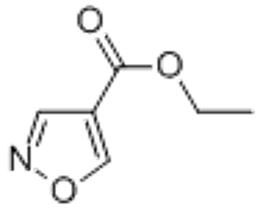Maropitant Citrate(CAS# 359875-09-5)
| Risk Codes | R41 – Risk of serious damage to eyes R42/43 – May cause sensitization by inhalation and skin contact. R36/37/38 – Irritating to eyes, respiratory system and skin. R25 – Toxic if swallowed |
| Safety Description | S26 – In case of contact with eyes, rinse immediately with plenty of water and seek medical advice. S39 – Wear eye / face protection. S45 – In case of accident or if you feel unwell, seek medical advice immediately (show the label whenever possible.) S36/37 – Wear suitable protective clothing and gloves. S22 – Do not breathe dust. |
| UN IDs | UN 3284 6.1/PG 3 |
| WGK Germany | 1 |
| RTECS | GE7350000 |
| FLUKA BRAND F CODES | 9 |
Introduction
Maropitan citrate (Malachite Green Citrate) is a commonly used citrate compound with the following properties and uses:
Quality:
The appearance is green crystalline powder;
Soluble in water, slightly soluble in alcohol solvents;
It is stable under acidic conditions, but easily decomposes under alkaline conditions;
Use:
The main use of maropitan citrate is as a biological dye and indicator;
In histological studies, it can be used to stain specific structures of cells or tissues for easy observation and analysis;
Method:
Maropitan citrate is usually prepared by reacting maropitan (Malachite Green) with citric acid. Citric acid is first added to an appropriate amount of water to make a citric acid solution, and then a suspension of maropitant dissolved in an alcohol solvent is gradually added. After the end of the reaction, by filtration or crystallization, maropitan citrate is obtained.
Safety Information:
Maropitan citrate has a toxic effect on humans, is carcinogenic and mutagenic;
Direct contact with the skin and inhalation should be avoided during handling, and appropriate personal protective equipment must be worn;
It should be stored properly to avoid contact with oxidants and organic matter to form flammable or explosive mixtures;
Waste should be disposed of in accordance with local regulations and regulations, and should not be discharged into the environment at will.


